What is the controversial issue with aquaculture?
Is aquaculture the answer to our food security prayers, or a ticking time bomb for our ecosystems? We need more fish, but at what cost to the environment?
Aquaculture's main controversy lies in its environmental impact. Intensive farming can lead to water pollution, the spread of disease, and harm to wild fish populations, creating a heated debate about its sustainability.
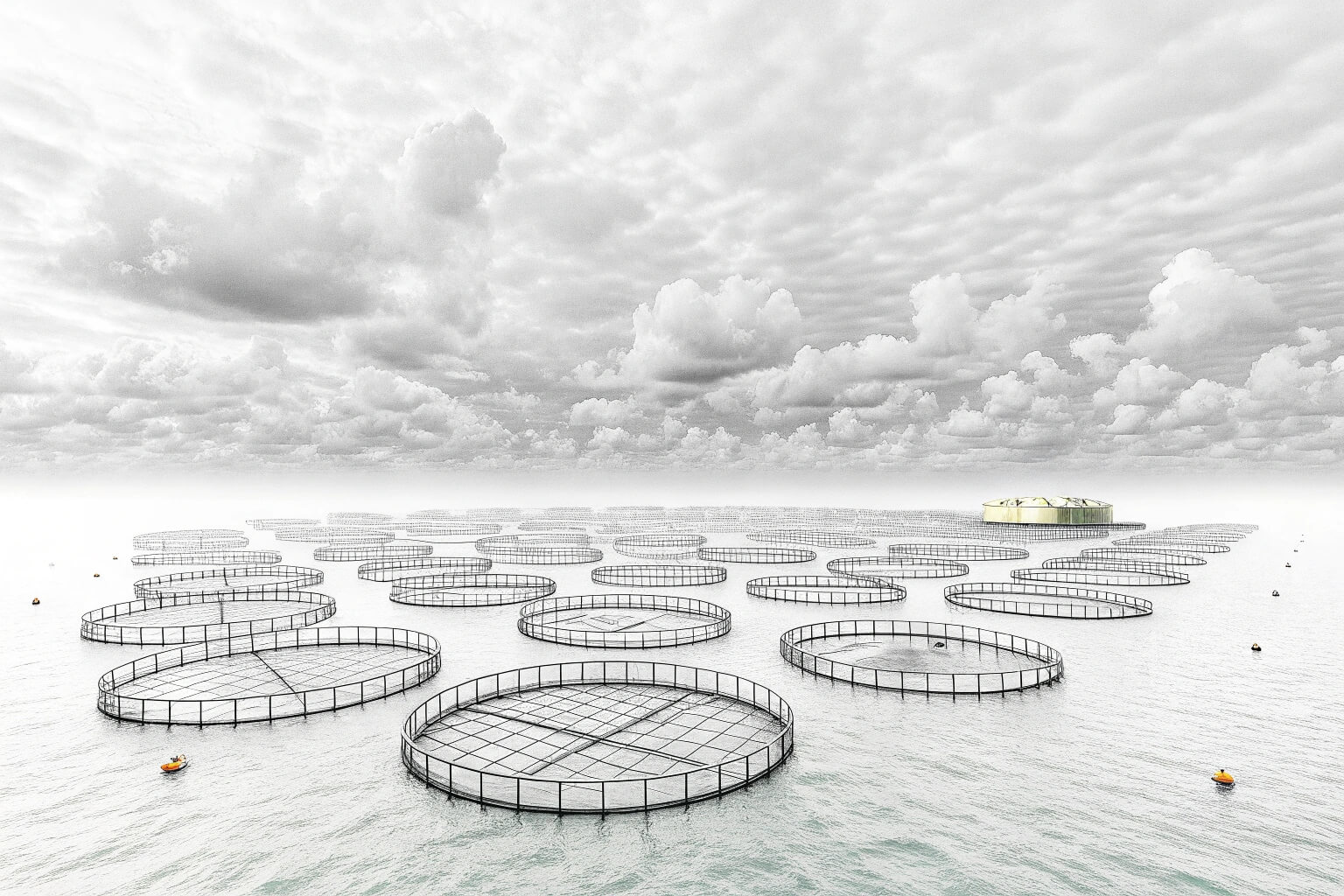
As someone deeply involved in the aquaculture industry, I've seen both its incredible potential and its troubling downsides. It promises to feed a growing planet, but not without significant challenges. Let's dive into the specific issues that make this industry so contentious.
Why is aquaculture controversial?
You hear about the promise of fish farming, but also whispers of its dark side. Why is an industry with so much potential plagued by so much debate?
Aquaculture is controversial because of its environmental trade-offs. While it eases pressure on wild stocks, intensive farming practices can pollute water, spread antibiotic resistance, and allow farmed fish to escape and damage native ecosystems.
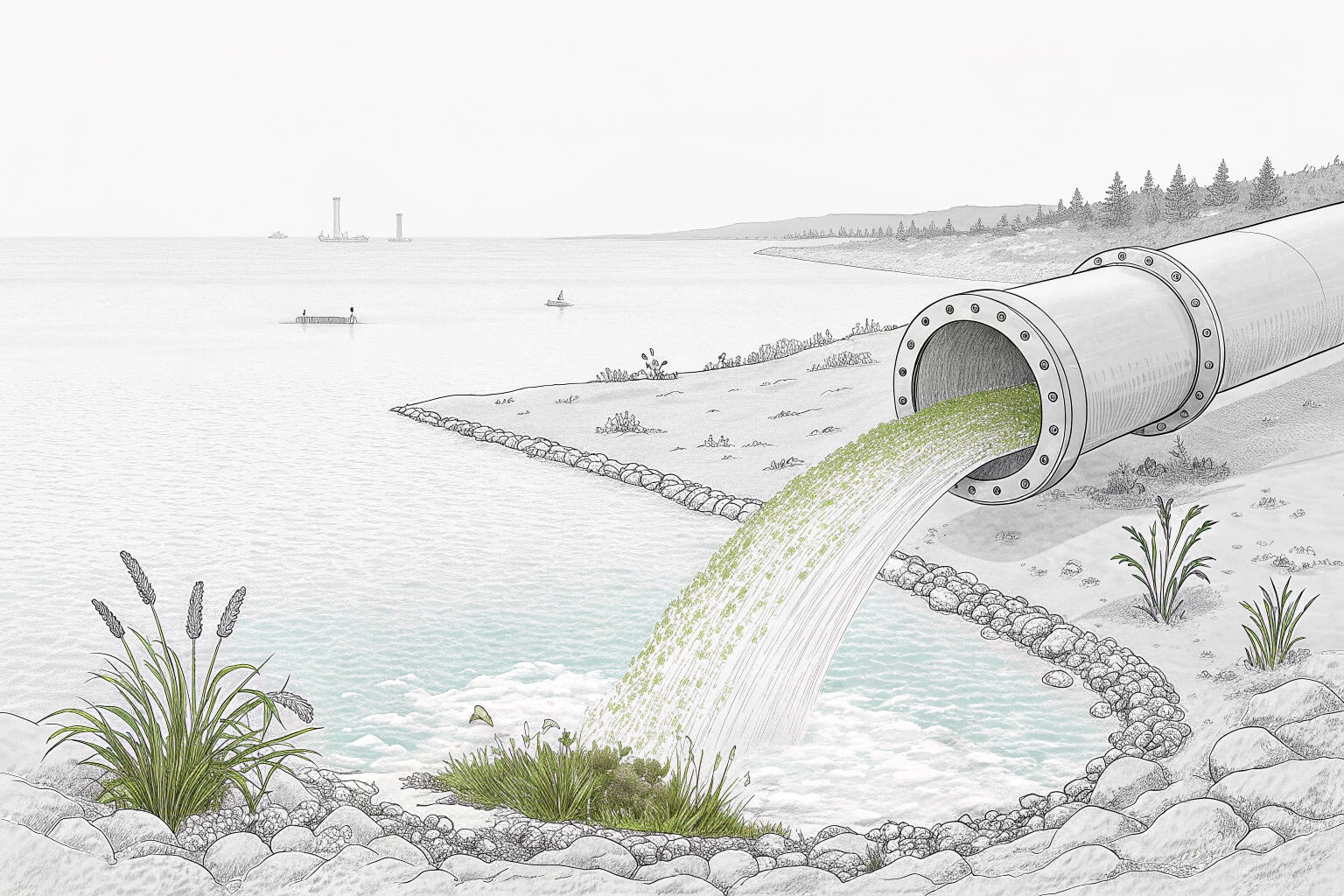
I've seen these issues firsthand. The core of the problem is balance. We're trying to produce large amounts of food1 in concentrated areas, which creates a few key problems.
The Problem with Water Pollution
Intensive farming leads to an accumulation of waste, like excess feed and feces, which pollutes the surrounding water. This process, known as eutrophication, creates nutrient-rich conditions that can cause algal blooms. These blooms block sunlight and consume oxygen, creating "dead zones" where wild marine life cannot survive. To combat this, many farmers are turning to solutions like our collapsible fish tanks2, which allow for better waste management and prevent direct discharge into natural waterways. Some are even integrating biogas digesters to turn this waste into energy, a step towards a circular economy.
Antibiotics and Resistant Bacteria
To control diseases that can run rampant in crowded farm conditions, antibiotics are sometimes used. This is a major concern because it can lead to the development of antibiotic-resistant bacteria3. These "superbugs" can be a threat to both animal and human health, and they can spread from the farm to the wider environment. The industry is actively working to reduce its reliance on antibiotics by focusing on prevention through better biosecurity, improved water quality, and the development of vaccines. It's a slow process, but a necessary one to maintain public trust and safeguard public health.
The Impact of Escaped Fish
Farmed fish can and do escape their enclosures, often due to storms or equipment failure. When they do, they can cause serious problems for native ecosystems. They can compete with wild fish for food and habitat, potentially displacing them. Even more concerning, they can interbreed with their wild counterparts, which can dilute the wild gene pool and reduce the fitness of native populations. This is why the quality of containment systems is so critical. Investing in robust and reliable equipment, like our galvanized pipe fish tanks, is a key strategy to minimize the risk of escapes.
| Ecological Impact | Description |
|---|---|
| Competition4 | Escaped fish compete with native species for food, space, and other resources. |
| Predation | Farmed carnivorous species can prey on smaller native fish, disrupting the local food web. |
| Genetic Dilution | Interbreeding between farmed and wild fish can weaken the genetic fitness of native populations. |
| Disease Transfer5 | Escaped fish can introduce diseases and parasites from the farm into wild populations. |
What is a major problem for aquaculture?
If you're thinking about starting a fish farm, what's the one thing that could sink your entire operation? It's a problem that keeps even experienced farmers up at night.
A major problem for aquaculture is the risk of disease. In the dense populations of fish farms, parasites and viruses can spread like wildfire, leading to massive stock losses and significant financial damage.
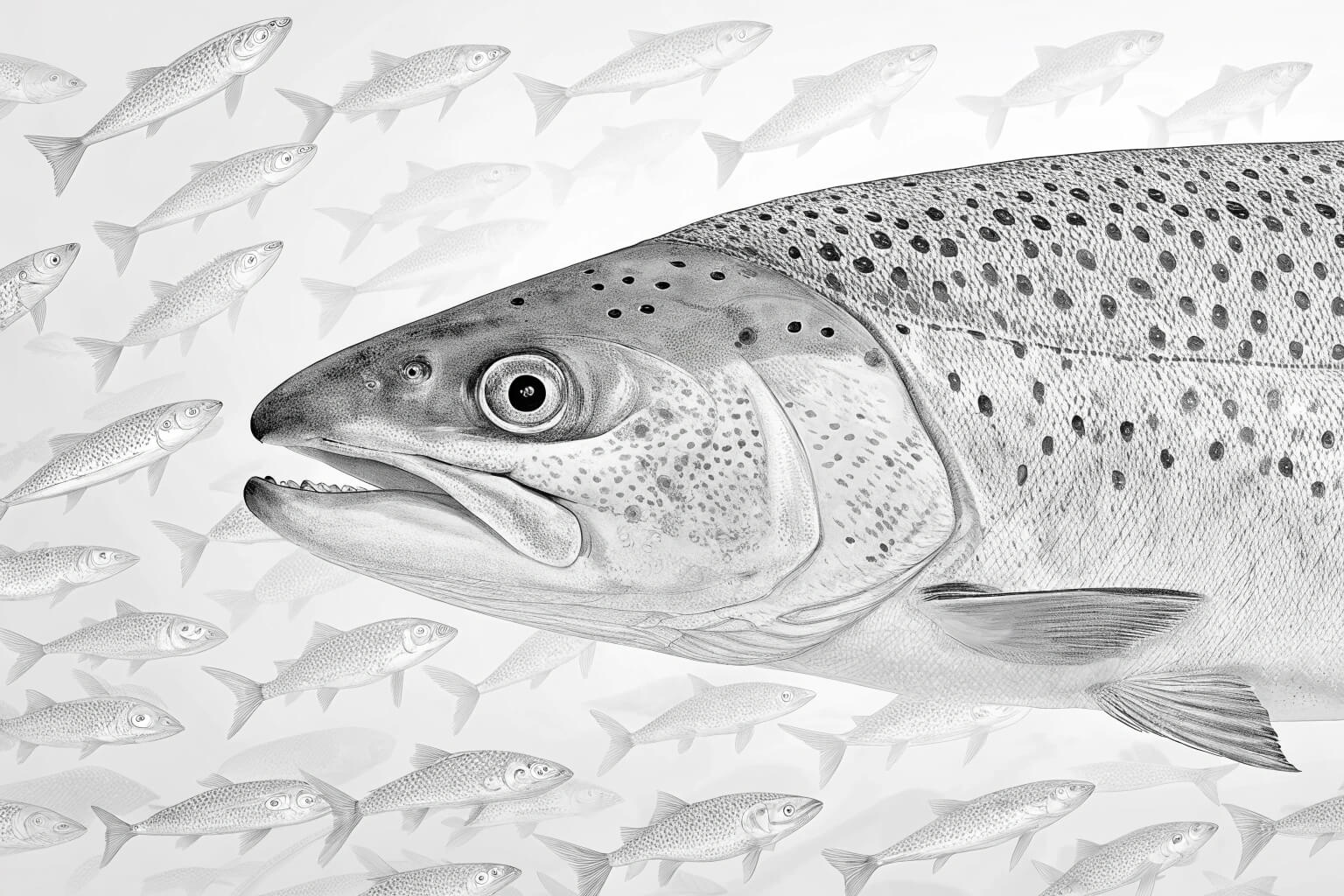
I've witnessed how devastating a disease outbreak6 can be. A client of mine lost nearly half his stock in a matter of weeks to a parasitic infection. It's a constant battle against invisible enemies.
The Battle Against Disease
The very nature of intensive farming—keeping many fish in a confined space—creates the perfect breeding ground for pathogens. Once a disease takes hold, it's incredibly difficult to stop. This leads to another problem: the use of treatments. While necessary to save the fish, these treatments can be costly and add to the environmental concerns we've already discussed. Prevention is always better than cure. This is why I always stress the importance of good biosecurity measures7, like disinfecting equipment and quarantining new fish. A well-designed farm, with separate tanks for different age groups, can also help to contain an outbreak if one does occur.
The High Cost of Feed
The other big challenge is feed. It's often the single largest expense for a fish farmer, accounting for over 60% of operational costs. For many popular carnivorous species like salmon, their diet includes a high proportion of fishmeal and fish oil derived from wild-caught fish. This not only puts additional pressure on wild stocks but also makes farmers vulnerable to price fluctuations in the fishmeal market. It's a sustainability puzzle that the industry is actively trying to solve. I'm seeing exciting progress in the development of alternative feed ingredients8, such as insect meal, algae, and even single-cell proteins, which could one day break this dependency on wild fish.
| Feed Challenge | Potential Solution |
|---|---|
| High Cost | Develop cheaper, non-fish-based alternative protein sources. |
| Sustainability | Replace fishmeal and fish oil9 with ingredients like algae, insects, or single-cell proteins. |
| Price Volatility | Diversify feed ingredients to reduce reliance on the volatile wild-caught fish market. |
| Nutritional Value10 | Research and optimize alternative feeds to ensure they meet the dietary needs of farmed fish. |
What is the controversy with Cooke Aquaculture?
You may have heard the name Cooke Aquaculture in the news, and it probably wasn't for a good reason. What makes this company a lightning rod for controversy?
The controversy with Cooke Aquaculture often centers on environmental incidents, such as large-scale fish escapes and accusations of pollution, which have led to community protests and regulatory fines.
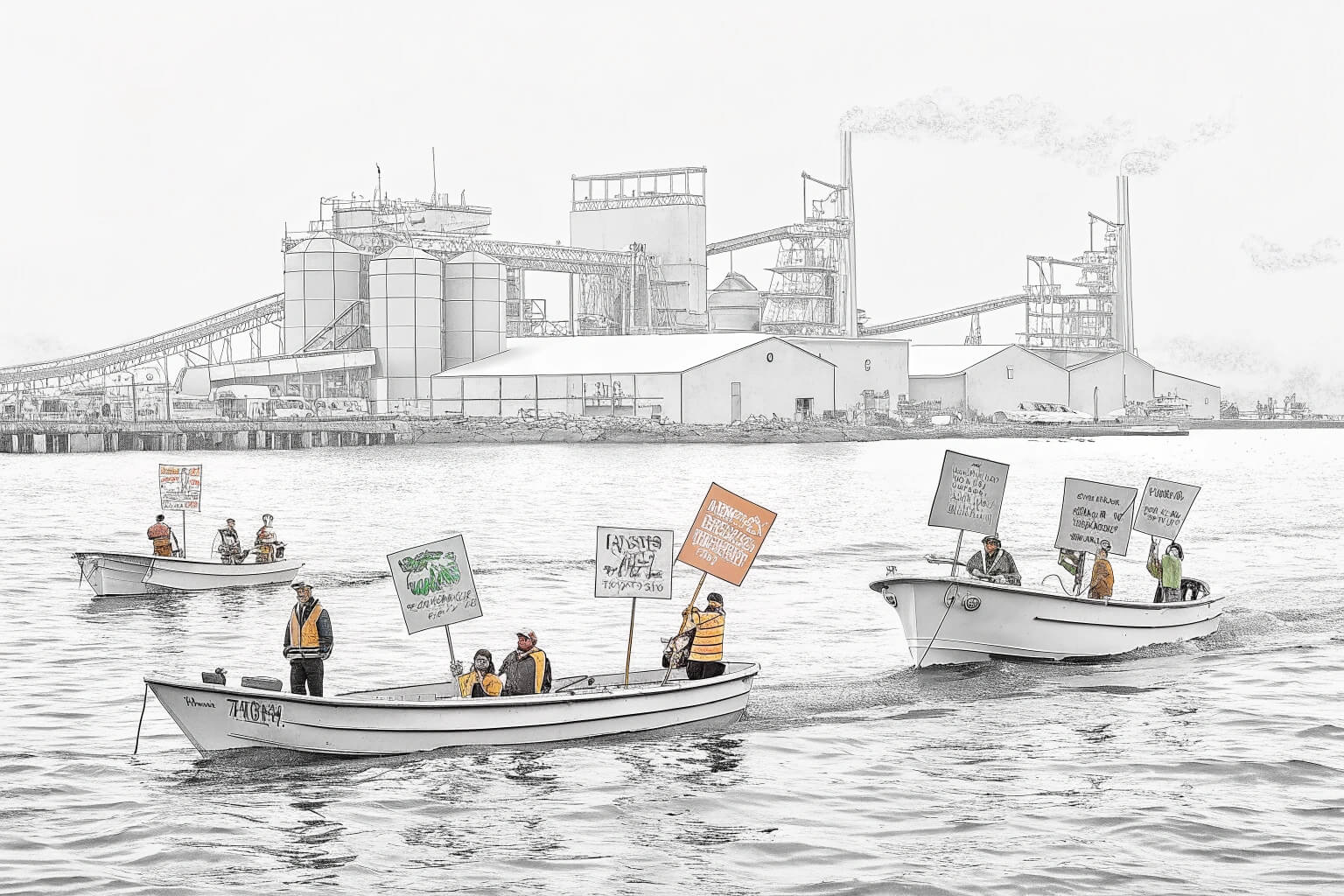
The case of Cooke Aquaculture highlights the tensions that can arise between large-scale aquaculture operations11 and local communities. It's a classic story of industry versus environment.
The Environmental Impact of Escapes
I've followed these stories closely. One of the most well-known incidents involved the collapse of a net pen in Washington State, which released hundreds of thousands of non-native Atlantic salmon12 into the Pacific Ocean. This created a huge environmental scare. The immediate concern was the potential for these farmed fish to compete with and prey upon native Pacific salmon populations. The long-term worry was the risk of interbreeding, which could undermine the genetic integrity of wild stocks that have been adapting to that specific environment for millennia. This single event led to a major public backlash and eventually a ban on non-native salmon farming in the state.
Community Pushback and Regulation
There have also been ongoing issues with sea lice13, a parasite that can be a major problem on salmon farms. If not properly managed, sea lice can spread from farms to juvenile wild salmon as they migrate to the ocean, with devastating effects. These types of incidents, combined with concerns about pollution from fish waste14, have fueled public distrust and led to organized community opposition. I've seen protests, legal challenges, and intense lobbying efforts aimed at stopping the expansion of such farms. This has resulted in much stricter regulations and, in some cases, outright bans. It's a clear example of what can happen when a company loses its social license to operate.
| Community Concern | Regulatory Response |
|---|---|
| Sea Lice | Stricter limits on sea lice numbers on farms; mandatory treatments. |
| Pollution | Tighter regulations on waste discharge; requirements for monitoring. |
| Fish Escapes15 | Mandates for stronger containment systems; fines for escape incidents. |
| Siting of Farms | Moratoriums on new farms; stricter zoning and permitting processes. |
What are the dangers of aquaculture?
Beyond the environmental debate, what are the real-world dangers of aquaculture? Are there risks to our health and the economy?
The dangers of aquaculture include potential food safety risks, such as heavy metal accumulation in fish, and economic instability for farmers due to market fluctuations and disease outbreaks.
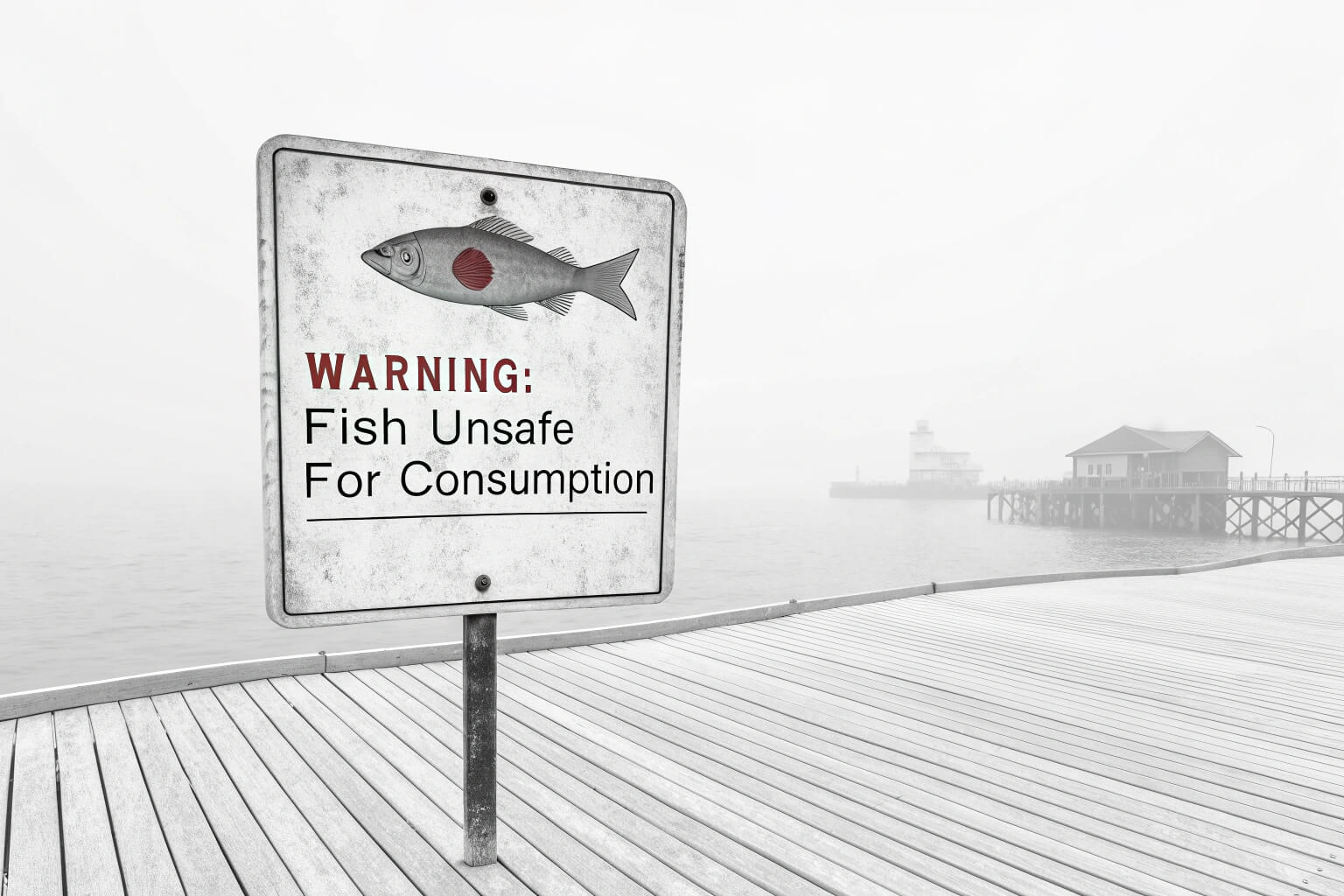
As a provider of equipment to the industry16, I'm very aware of the risks farmers face. It's not just about growing fish; it's about managing a complex biological and economic system17.
Food Safety Concerns
From a food safety perspective, the concern is that farmed fish can accumulate contaminants from their feed and environment18. This can include heavy metals like mercury, which are present in many marine ecosystems, as well as man-made chemicals like PCBs. While the industry is regulated and fish are tested to keep these levels within safe limits, it remains a persistent concern for consumers. The source of feed is critical here. Using high-quality, clean feed ingredients is one of the best ways to ensure a safe final product. I always advise my clients to be transparent about their sourcing and testing to build consumer confidence.
Economic Instability for Farmers
Then there's the economic side. Fish farming can be a volatile business. Market prices19 can fluctuate wildly based on global supply and demand. A disease outbreak20, as we've discussed, can wipe out a farmer's entire investment overnight. I've seen farms go bankrupt because of a sudden price crash or an unexpected disease that they couldn't control. This is why it's so important for farmers to have a solid business plan, manage their risks carefully, and have contingency plans in place. Diversifying into different species or creating value-added products can also help to buffer against market instability.
| Economic Risk | Mitigation Strategy |
|---|---|
| Price Volatility | Diversify species, develop value-added products, explore direct-to-consumer sales. |
| Disease Outbreaks | Implement strong biosecurity plans, have contingency funds, purchase crop insurance. |
| Feed Costs | Forward-contract for feed, explore alternative ingredients, improve feed efficiency. |
| Regulatory Changes | Stay informed about policy, engage with industry associations, build resilient farming systems. |
Conclusion
The future of aquaculture lies in innovation and responsibility. By embracing sustainable practices and new technologies, we can overcome the controversies and build a truly green and resilient industry.
-
Exploring the environmental impacts of large-scale food production can provide insights into sustainable practices. ↩
-
Explore how collapsible fish tanks can enhance sustainability and reduce environmental impact in agriculture. ↩
-
Explore effective methods to prevent and control antibiotic-resistant bacteria, crucial for safeguarding both animal and human health. ↩
-
Understanding this helps highlight the importance of effective containment systems to protect native fish populations. ↩
-
Understanding disease transfer helps in implementing better containment systems to protect native ecosystems. ↩
-
Find expert advice on preventing and managing disease outbreaks to safeguard your animals and reduce losses. ↩
-
Exploring this resource will provide valuable insights into preventing disease outbreaks and maintaining healthy fish populations. ↩
-
Discover effective and sustainable feed options like algae, insects, and single-cell proteins to enhance fish nutrition and reduce costs. ↩
-
Explore this resource to learn about innovative solutions that reduce environmental impact and improve sustainability in fish farming. ↩
-
Explore this link to learn how to ensure alternative feeds meet the dietary needs of farmed fish effectively. ↩
-
Explore this link to understand the environmental and social effects of large-scale aquaculture, helping you make informed decisions. ↩
-
Learn about the ecological risks and management strategies related to non-native species introduced into new environments. ↩
-
Explore this resource to learn proven methods for controlling sea lice and protecting wild salmon populations. ↩
-
Discover best practices and regulations to reduce environmental impact and ensure sustainable aquaculture. ↩
-
Explore this link to understand effective containment systems and regulations to prevent fish escapes in aquaculture. ↩
-
Learn how specialized equipment can enhance productivity and reduce risks in aquaculture operations. ↩
-
Explore this resource to gain insights into managing the intricate biological and economic aspects of aquaculture, ensuring better farm management. ↩
-
Understanding this helps consumers make safer choices and encourages industry transparency. ↩
-
Explore strategies to stabilize income and reduce risks associated with market price volatility. ↩
-
Learn effective biosecurity measures to protect your fish farm from devastating diseases. ↩